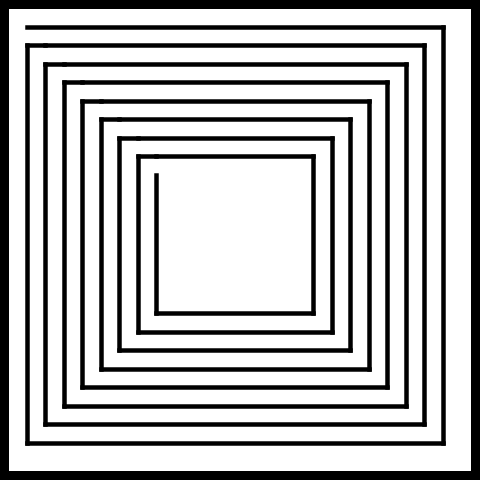
Typography - In design, topography is an element however, it's an element created by other elements such as line, space, volume, and value.The use of this element creates contrast. Value - Value is light and dark and all the shades in between (gray scale).The ease of drawing a line and its length differs with respect to : Finger Movement Wrist Movement Elbow Movement Lines drawn by the movement of finger, Wrist and Elbow respectively. Collage artists may represent texture through the actual object, such as sandpaper that represents sand. A line is a meeting of two points through a stroke. In other words, the designer/artist creates the 'feel' of a brick, water, or other object through drawing or through photographic representation. Texture - Texture is illusion in two-dimensional design.The elements of design are the things that. These elements are the basis of all intentional visual design strategies. The balance of space creates a composition. The elements and principles of design are the building blocks and fundamental ideas about the practice of good visual design used to create a work or art any kind of design, be it architecture, interior designs, or a painting. Space - Space comes in two flavors: Positive space, which is represented by highlights or by an object Negative space, which is represented by open space or by shadow.Movement is how you as a designer move the viewer's eye through a space with the line, contrast, volume, and the placement of objects within a design (composition). Movement - Movement is not animation, although animation illustrates movement.Volume - Although volume is often represented by three-dimensional objects, a two-dimensional designer or artist can create the illusion of volume (and, therefore, depth and/or distance) through various techniques like perspective, shading, and highlights.You'll love yourself for that effort, because a color wheel can help you to determine various color schemes such as contrasting colors, triadic schemes, etc. Colour - Hues, which are represented by the shades (add black), tones (middle ranges), and tints (add white) of any given color.

Imaginary lines are created when two areas of different colors, textures, or values meet to create a line between those effects.

Lines are used to delineate objects as in a line drawing, or used to create graphs, or used to outline areas as in a framed effect. Line can never be truly straight) or curved. That line can be straight (although some would argue that a
#Line as element of design series#
Line - A line is simply a series of dots, or points, in space.


 0 kommentar(er)
0 kommentar(er)
